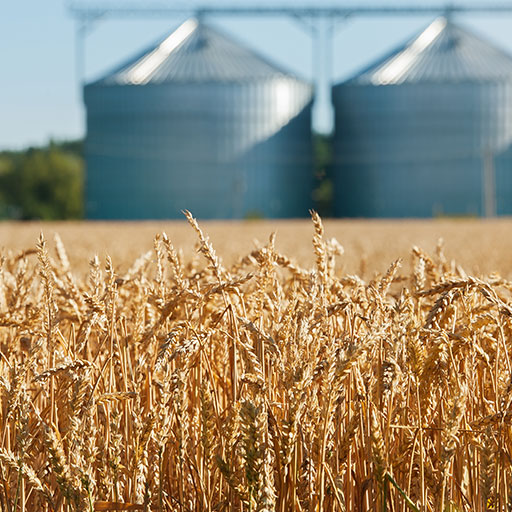Rebate Requirement Reveals the Dark Side of FieldView
My partner in crime Eric Sfiligoj, and I have been asked to speak at quite a few events this winter. His column describes his most recent encounter at Southern States Coop. We appreciate the opportunity to meet and chat with readers, share a bit of our observations, and (most importantly) create a conversation.
We’ll never claim to know it all, but we do like asking questions and fanning the flames on topics already on your minds.
Over the past couple of weeks, one of these burning topics has been: “How do we as retailers effectively manage Climate’s FieldView products?” Retailers who are engaged with Monsanto’s seed offerings know exactly what I’m talking about.
FieldView’s paid offering, FieldView Plus, is becoming more deeply ingrained in the already complex-as-a-Rubik’s Cube rebate game. Significantly higher minimum sales levels of the paid version are being required of retailers in order to achieve a rebate that, for a medium-sized retailer, could swing the bottom line by possibly medium to high six figures should the quota not be met.
In general, FieldView, or at least select aspects of the system, have been received very well by farmers. Some just like the weather, while others are truly engaged with the data collection and aggregation capabilities that scorecard hybrid/variety performance. Many are still not at the paid level.
But now that retail rebates are tied to paid versions of FieldView, how soon will we see retailers simply package in FieldView with existing precision programs and either weave the cost into the program or simply “eat” the $1,000 per farmer fee to achieve that rebate goal?
So, for all the retailers choosing the path of a reluctant embrace of FieldView, what’s the down side?
Retailers who handle FieldView and whose agronomists have engaged growers both to provide valid data and to share the data with them are getting benefits from the analysis. But for managers, the lack of control is unnerving.
One retailer shared the following analogy: What if our agronomist, who’s on our payroll and worked hard to build these relationships and make the farmers understand the data, leaves the company to work for a competitor? The farmer owns all the data and we agree with that, however all they need to do is change their settings to the agronomist’s new employer, and our investment in that relationship goes away.
Their solution has been to develop a wider agronomic program that provides deeper data and broader analysis to incorporate the FieldView data as one small, but important, aspect of the overall cropping plan.
“This is a very troubling time to be in a decision-making role in the ag tech space right now,” he lamented.
No matter what approach is taken in the months and years ahead, it’s clear to me that there’s a substantial cost to ceding control of your services to a third party without fully understanding the consequences.
We still believe at the end of the day that nothing replaces the value of boots on the ground, and that effective agronomy will continue to be local. But retailers need to be fully engaged with — and in control of — the technologies they employ, and the partners they bring on board. Without consistent proof of value, we’ll find ourselves as commoditized as the corn in the field.






